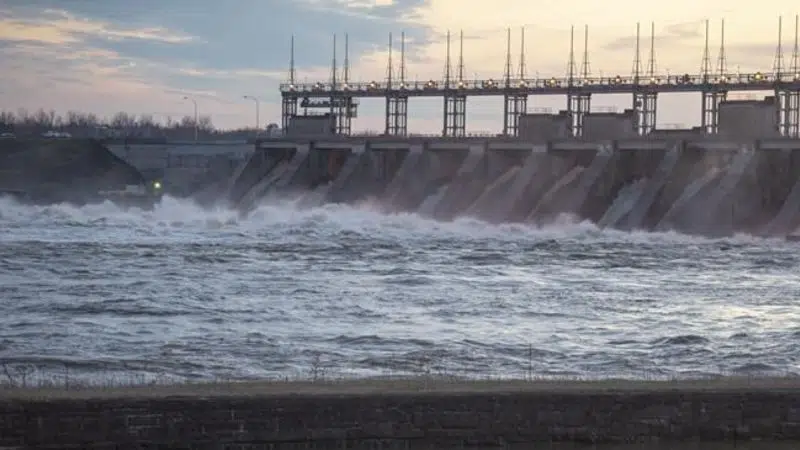
Flooding in four provinces prompts states of emergency, evacuations
OTTAWA — Two of Canada’s biggest cities have declared states of emergency and three provinces have asked for federal help to fight rising flood waters as Mother Nature’s wet wrath of spring marches across central Canada and the Atlantic.
Montreal Mayor Valerie Plante said Friday after afternoon that her city had felt it had matters under control until a rainstorm dumping as much as 60 mm of rain on already flooded regions moved in.
Ottawa Mayor Jim Watson declared a state of emergency for similar reasons Thursday, prompting the federal government to send 400 soldiers to help sandbag and aid in relief efforts to small rural communities on the west edge of Ottawa. Late Friday, they were also sandbagging the road to one of the city’s two water-treatment plants, the city said. Another 1,000 soldiers were deployed in Quebec earlier this week and 310 in New Brunswick.


